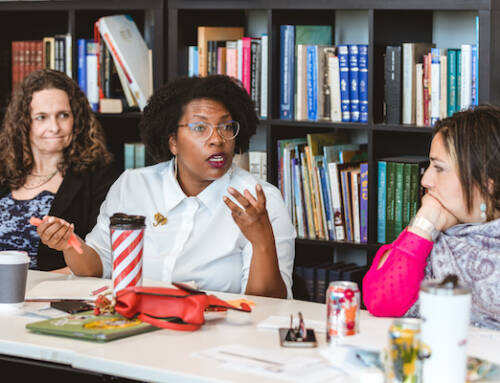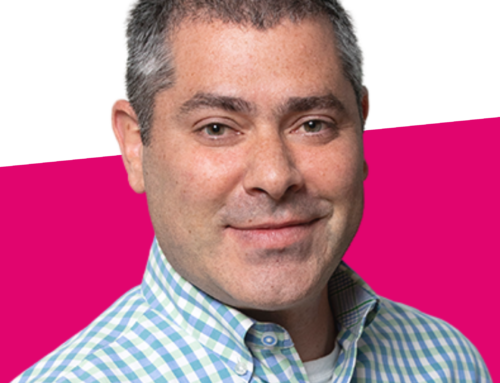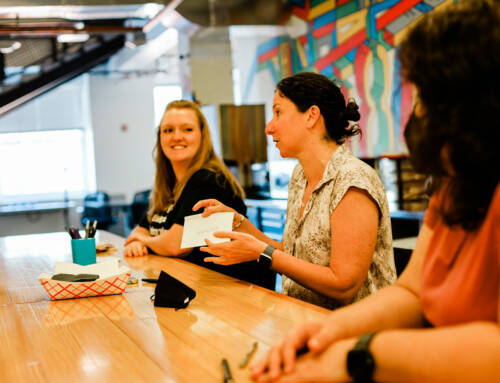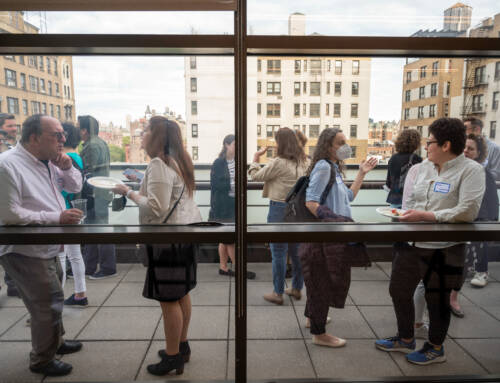By Aaron Katler
This past week my inbox was filled with wishes for a healthy, joyous, and Kosher Passover with hopes for “redemption,” “appreciation,” “empathy” and “liberation.” So when my wife and I sat down to plan our first family seder in our own home, we found ourselves trying to fill a tall order.
We celebrate Passover every year, usually at my parents’ home in Scottsdale. The seder usually goes like this: We arrive a few hours before the seder to help with last-minute preparations. That “help” usually consists of a quick swim or scoping out the Pesach cookies in the freezer while nobody’s looking. Then we “show up” to the seder, try to keep our kids at the table until dinner, and wonder what it would be like if we ever hosted our own seder, in our own home.
Well, this year we got what we asked for. With my parents visiting their brand new great-granddaughter in New Jersey, we decided to stay home and make Pesach for ourselves. The opportunity was exciting, but daunting. Who would we have to blame this year if it wasn’t what we wanted?
This was one of those times where it really pays to be married to a Jewish educator. She took the lead, and I played a supporting role in co-constructing a seder that was like nothing we could have imagined.
Watching the planning process unfold, I noticed that my wife was taking the same approach we teach here at UpStart – human-centered design. Human-centered design – or design thinking – can sound like a whole lot of jargon, but it really boils down to a simple concept: Start by thinking about the people you’re designing for and then design something that fits their needs. At UpStart, we believe that this approach is critical to designing a Jewish community that meets the needs of an ever-evolving and diverse community. My wife knew this intuitively from her Jewish education work, even if she doesn’t call it “design thinking.”
We started by thinking about the needs and desires of our guests, most of whom were children. We decided on our priorities, and framed the problem we were trying to solve: How might we plan a seder that would be fun and engaging for all of the kids at the table? How might we create new home-based memories of Pesach for our kids?
Then came the brainstorming, and here’s where I have to be honest: my wife really nailed it with the winning idea.
Our kids, and their friends, have been obsessed with Harry Potter lately. So my wife pulled together some online resources and her own family education know-how to create a seder – a Katler family seder prototype, if you will – that used Harry Potter to captivate their attention and engage them with the seder. The 18 people at our seder table were divided into the four Houses of Hogwarts (I’ve never read the books or seen the movies, so bear with me), but that was solely for the purpose of creating incentives to participate. Each “House” could earn points by a) asking questions, b) answering questions, or c) encouraging people to ask or answer questions. Every time there was an opportunity to ask or answer a question, hands (kids and adults) were flying in the air to be the first to ask or answer. Sure, there may be ways to iterate next year, but it came pretty darn close to what we hoped to achieve.
We send our kids to Jewish Day School, have a Kosher home and observe Shabbat. What we often forget is that it’s on us to make their experience relevant and rich so that they will continue to find meaningful connections to Judaism throughout their lives. That’s what redesigning Jewish is all about.

Our purpose is to enable entrepreneurs to bring bold Jewish ideas to light. We help them reach Up to people in new ways that are meaningful, more inclusive, and create a brighter future for our Jewish community and the world we share.





